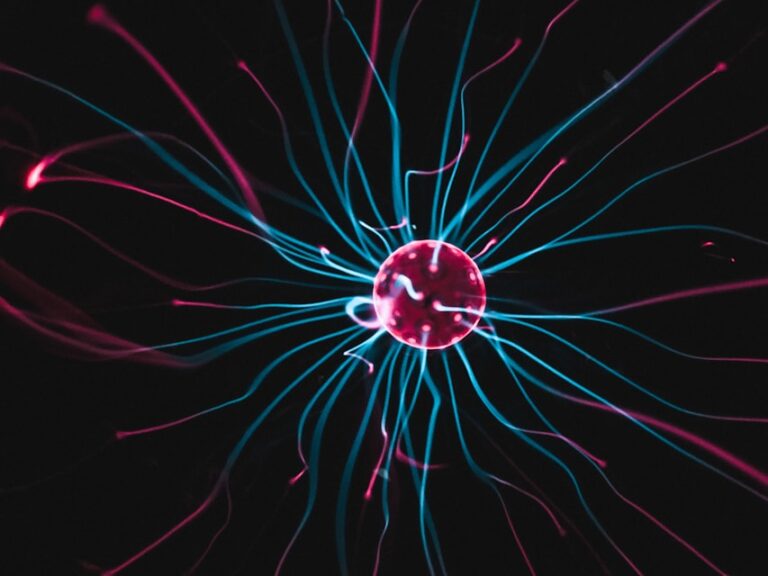Piezoelectric ceramics are fascinating materials that exhibit unique properties, allowing them to convert mechanical energy into electrical energy and vice versa. Understanding the working principle behind these materials is crucial for appreciating their diverse applications across various industries. In this blog post, we will delve into the working principle of piezoelectric ceramics and explore their significance in modern technology.
The Working Principle
At the heart of piezoelectric ceramics lies the phenomenon known as the piezoelectric effect. This effect describes the ability of certain materials to generate an electric charge in response to applied mechanical stress or deformation. Conversely, when an electric field is applied to these materials, they undergo mechanical deformation.
The mechanism behind the piezoelectric effect is rooted in the asymmetrical arrangement of atoms within the crystal lattice of the material. When mechanical stress is applied, it causes a distortion in the lattice structure, resulting in the displacement of positive and negative charges within the material. This displacement creates an electric dipole moment, leading to the accumulation of electric charge on the material’s surface.
Conversely, when an electric field is applied to the piezoelectric material, it exerts a force on the charged atoms, causing them to shift position and resulting in mechanical deformation or strain. This reciprocal relationship between mechanical stress and electric field forms the basis of the piezoelectric effect.
Applications
The unique properties of piezoelectric ceramics make them invaluable across a wide range of applications. In the field of sensing, they are used in pressure sensors, accelerometers, and acoustic transducers. Their ability to convert mechanical vibrations into electrical signals enables their use in ultrasonic imaging, non-destructive testing, and sonar systems.
Piezoelectric ceramics also find applications in actuators and motors, where they are utilized for precise positioning, vibration control, and energy harvesting. In the medical field, they play a crucial role in diagnostic equipment such as ultrasound machines and medical imaging devices.
Piezoelectric ceramics represent a remarkable example of materials science innovation, with their ability to convert between mechanical and electrical energy. By harnessing the piezoelectric effect, engineers and scientists have developed a wide array of technologies that have transformed industries ranging from healthcare to automotive to consumer electronics. As research in this field continues to advance, we can expect even more exciting applications and discoveries in the future.







